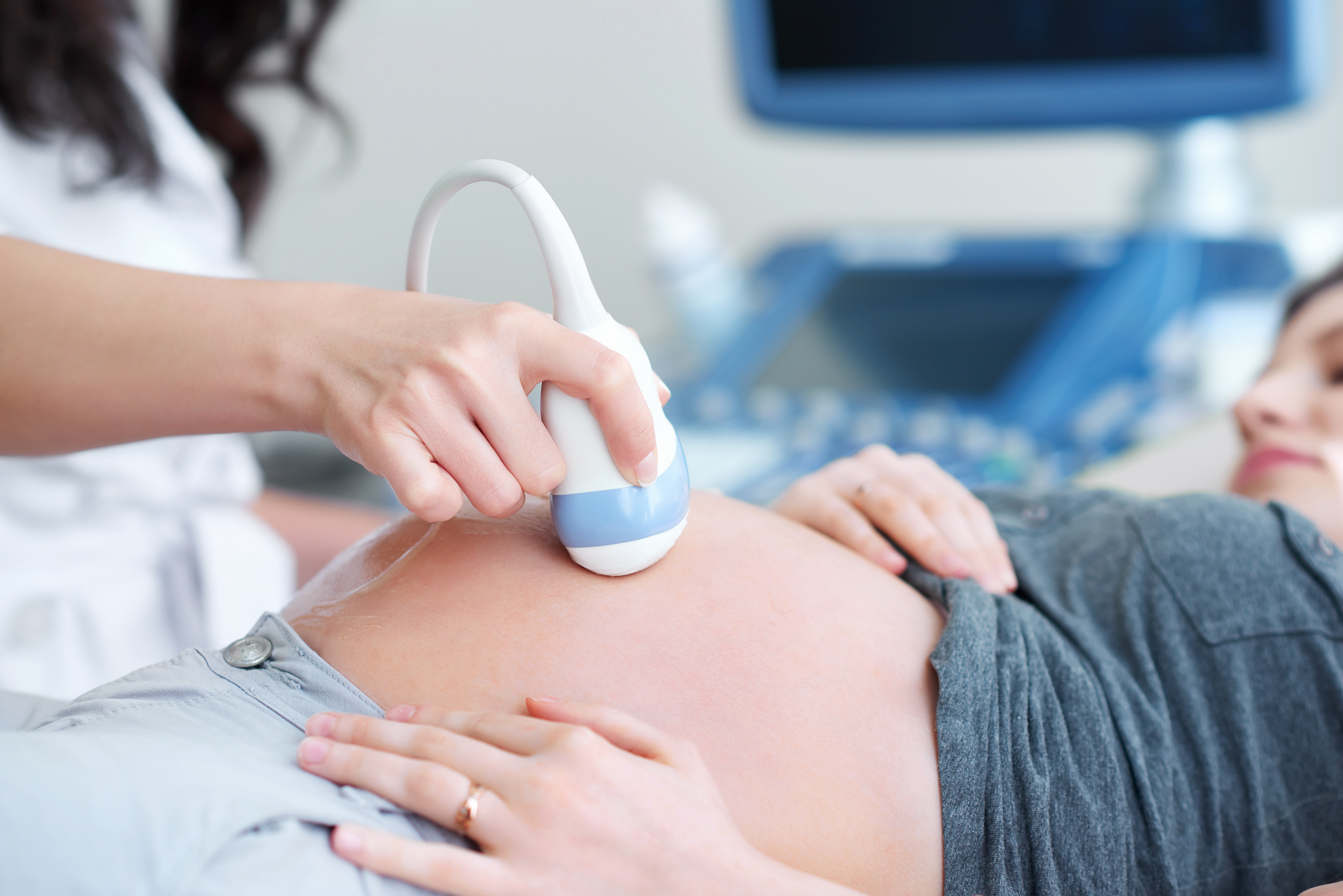
(Vienna, 16-07-2025) An international clinical study, in which Veronica Falcone from MedUni Vienna played a key role, investigated the probability of success of vacuum extraction in cases of occipital posterior presentation – a particularly unfavorable fetal position that often complicates the natural birth process. The result of this obstetric procedure was successful in 95 percent of cases. The study was published in the renowned American Journal of Obstetrics and Gynecology and may help to reduce the rate of caesarean sections without compromising the safety of mother and child.
The research team led by lead author Veronica Falcone (Department of Obstetrics and Gynaecology, MedUni Vienna) conducted the study in collaboration with university maternity clinics in Italy and Israel. The study included 98 pregnant women with singleton pregnancies in which the baby's head was in a posterior position when the cervix was fully dilated – i.e. with the back of the head facing backwards. In all cases, ultrasound was used to check carefully whether this position was actually present before the obstetric procedure. In addition, transperineal ultrasound was used to measure the distance between the baby's head and the exit of the birth canal (head-perineum distance, HPD) in order to further objectify the assessment of the birth position.
Vacuum extraction was successful in 95 per cent of cases in the study, meaning that the baby was born vaginally despite the difficult initial situation. A caesarean section was only necessary in 4 per cent of patients. Complications such as severe birth injuries to the mother or oxygen deprivation in the baby were rare. The correlation between the measured distance between the infant's head and the perineal region (HPD) and the success of vacuum extraction proved particularly noteworthy.
The study also shows that even in difficult breech presentations, vaginal delivery with a vacuum extractor can usually be performed safely – provided that the procedure is carefully prepared and the position of the infant is known. This can help reduce the number of unplanned caesarean sections without compromising the safety of mother and child.
Approximately five percent of babies are in the occipital posterior position during the second stage of labour. This position increases the risk of birth arrest, surgical intervention and birth injuries to the baby. In obstetric practice, the vacuum extractor – an instrument placed on the baby's head to apply targeted traction during a contraction – is widely used worldwide. However, correct placement requires precise knowledge of the baby's position. Clinical palpation is often inaccurate in this regard. The routine use of ultrasound to accurately determine the position of the baby can increase safety during vaginal births and help avoid unnecessary caesarean sections, according to the study authors.
Publication: American Journal of Obstetrics and Gynecology
Vacuum extraction is successful in 95% of cases with an occiput posterior position: the results of a prospective, multicenter study.
Veronica Falcone, Andrea Dall’Asta, Asaf Romano, Ilenia Mappa, Yossi Geron, Priscilla Bontempo, Marinunzia Salluce, Elvira Di Pasquo, Giovanni Morganelli, Maurizio Di Serio, Stefania Fieni, Yinon Gilboa, Giuseppe Rizzo, Tullio Ghi.
DOI: 10.1016/j.ajog.2024.12.022
https://www.sciencedirect.com/science/article/pii/S0002937824012006?via%3Dihub